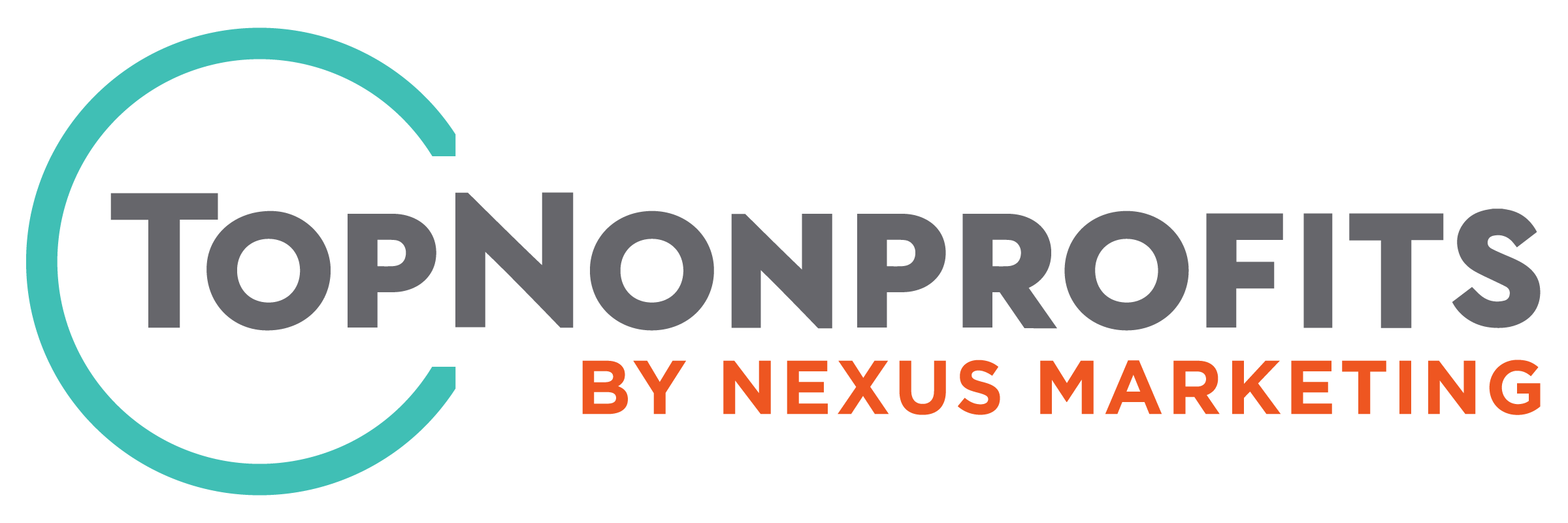Keeping pace with an increase in support is a great problem for nonprofits to have, whether you’ve surpassed your yearly fundraising goal earlier than expected or booked out your volunteer schedules. With more resources, your nonprofit can expand its programs and reach new mission-centric milestones.
However, to successfully scale up your operations, your organization needs to scale up your staff’s capacity. With nonprofit hiring being down over the past few years, your organization needs the right strategies to get in front of and persuade potential candidates to apply. That’s where recruitment marketing comes in.
In this guide, we’ll review the essential components of recruitment marketing so you can acquire the best talent and set your nonprofit up for long-term success. Let’s dive in!
Crucial Elements of Recruitment Marketing
While every nonprofit has different needs depending on its resources, marketing preferences, and workplace culture, there are some fundamental recruitment marketing fundamentals every organization should review. Keep these key parts of recruitment marketing in mind:
- Employer branding is how your nonprofit is perceived as a workplace. For instance, nonprofits with high satisfaction and low turnover rates will likely have a healthy employer brand.
- Visual branding is how your marketing collateral looks. This includes your logo, color scheme, typography, and graphic style.
- Communication channels are the means by which you spread awareness of your hiring opportunities and reach out to potential candidates individually. For recruitment purposes, you’ll likely prioritize channels like job boards, career fairs, and social media.
- Candidate personas are detailed profiles of hypothetical candidates that outline desirable characteristics. This framework lets you understand your nonprofit target audience’s motivations and hone your outreach approach. To track the data needed to create candidate personas, Jobvite suggests using an applicant tracking system (ATS).
- Marketing key performance indicators (KPIs) are metrics that measure the performance of a marketing campaign. For recruitment marketing, these might include recruitment leads per channel or the total number of clicks per campaign.
Put together, these elements give direction to and help structure your recruitment marketing campaign. Review these elements regularly (one per year or hiring cycle) to ensure everyone’s on the same page.
How to Scale Up Your Recruitment Marketing Strategy
Now that you have some foundational knowledge of recruitment marketing, we can put the pieces together and plan your overall strategy.
1. Lay the groundwork.
Identifying the following details at the outset helps your team create a realistic yet ambitious scope for your recruiting marketing campaign. To grow your recruitment audience through marketing, ensure you:
- Identify your ideal candidate. Develop your candidate personas in greater detail. Look back at historical recruitment data to understand any patterns amongst your most successful hires, such as their qualifications, skills, and traits. Then, look at the broader state of hiring in the nonprofit sector to ensure new external hiring trends are also taken into account, such as new benefits that are popular.
- Evaluate your budget. Research how much team time and money it costs to create marketing materials and interact with potential candidates. To accommodate large-scale growth, it may even be advantageous to hire an in-house recruiter.
- Create a content calendar. Lever’s guide to recruitment marketing suggests pacing your workflow by creating a content calendar. Content calendars are scheduled plans that detail what content you intend to post, where it will be posted, and when it needs to go live.
Make sure this information is well-organized and communicated across your team. In planning meetings, tell team members about your campaign’s timeline and overall direction. Also, record any big-picture changes in a shared document—this will serve as your source of truth and align all of your team members.
2. Create segmentation criteria.
Sometimes, recruitment personas aren’t enough to fully hone your campaign’s messaging. In these cases, you’ll need to make even more targeted campaigns—which is where segmentation can help. This method involves sending messages to groups within your audience with similar characteristics. For example, in a Giving Tuesday campaign, you might create one message cadence for new donors and a different one for long-time supporters.
For your recruitment efforts, you might segment your audience based on the following characteristics:
- Psychographic:
- Job department, function, or role
- Experience level/skills
- Interests
- Motivations and pain points
- Demographic:
-
- Preferred communication method
- Generation
- Location
Here’s how segmentation works in practice. Let’s say you’re hiring a Giving Tuesday development coordinator. For this position, you might choose the following segmentation criteria:
- Location: Candidates who can work in person.
- Experience: Individuals who have successfully coordinated a Giving Tuesday campaign in the past.
- Interests: Candidates who are aligned with your nonprofit’s mission and values.
3. Optimize branding at scale.
Your nonprofit might have passively cultivated an employer brand identity, but strategically improving it is what will take your recruitment efforts to the next level.
To enhance your employer brand, you first need to understand where it stands today. Monitor social media mentions, Glassdoor reviews, internal feedback from employees, and overall recruitment success to get a sense of how the public perceives you as an employer.
Then, identify your strengths and areas for improvement. For instance, you might notice that many employees applaud your paid time off policy but criticize your internal mobility and advancement structure.
You can immediately start highlighting your strengths and take time to assess and rethink your weak points. This not only shows your commitment to your employees’ satisfaction, but it also improves your employer brand.
Perfecting your recruitment marketing requires in-depth strategizing, research, and iteration. However, by building your strategy off of employee feedback and external hiring trends, you can build candidate loyalty and genuinely excite them about building a career with your nonprofit.
